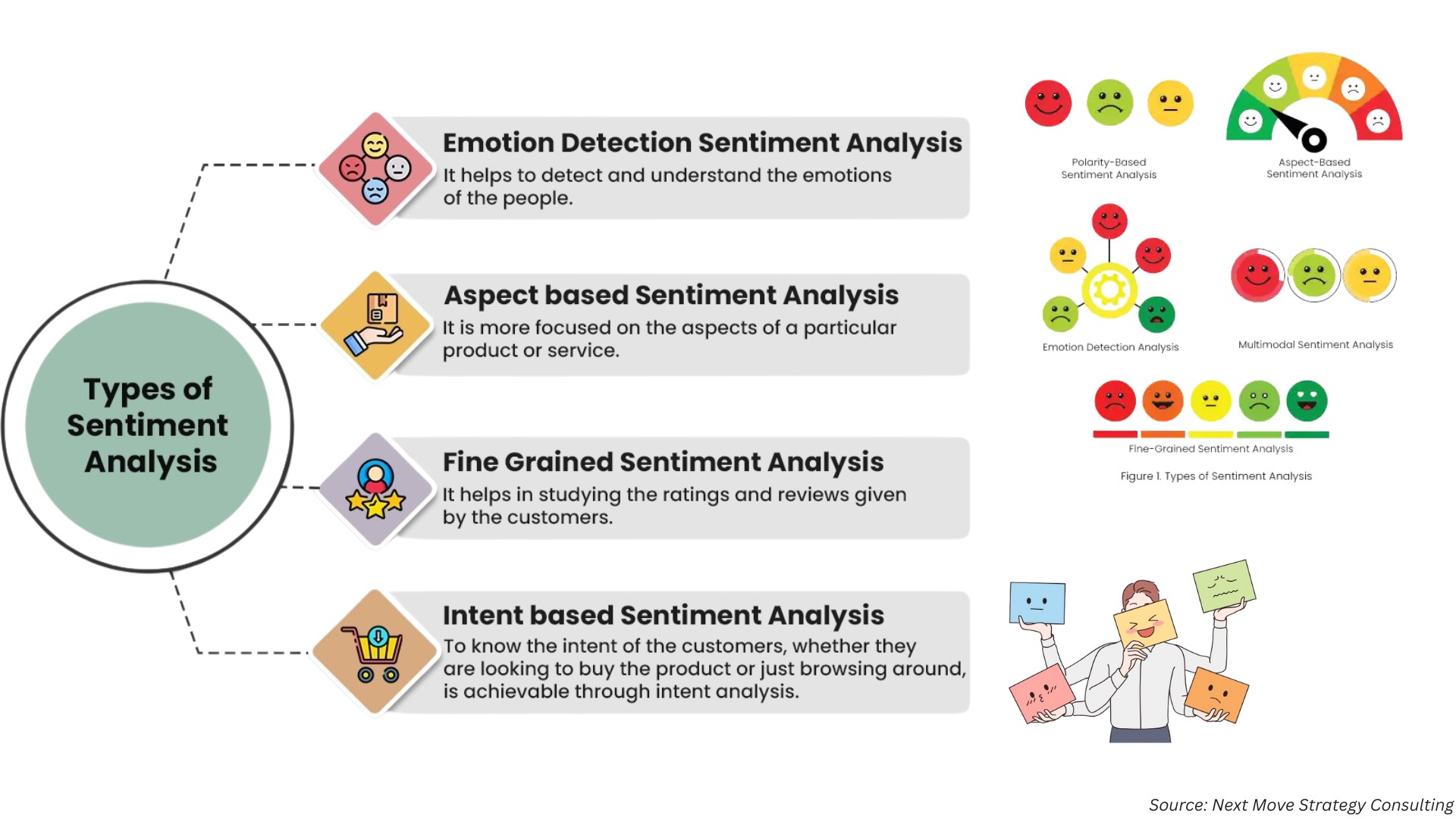Brazil Intralogistics Software Market is Expected to Reach USD 270.35 Million By 2030
Published: 2025-07-05
E-Commerce Boom Accelerates Demand for Smart Intralogistics Solutions in Brazil
According to the Next Move Strategy Consulting, the Brazil Intralogistics Software Market size was valued at USD 123.56 million in 2024 and is projected to grow to USD 147.53 million by 2025. Additionally, the industry is expected to continue its growth trajectory, reaching USD 270.35 million by 2030, with a CAGR of 12.9% from 2025 to 2030.
The country’s e-commerce industry is undergoing explosive growth, serving as a key catalyst for the rising Brazil intralogistics software market demand. As online shopping becomes more widespread, growing at an annual rate of 14.3% and expected to surpass US$200 billion by 2026, warehouses and fulfillment centers are under pressure to streamline operations. This growth is driven by increased smartphone and internet penetration, a digitally fluent consumer base, and the evolution of digital payment solutions.
To meet the surging volume of online orders, retailers are turning to automation, robotics, and intelligent software systems to improve inventory tracking, order accuracy, and delivery speed. As a result, intralogistics software is becoming indispensable for managing complex supply chain operations in real time. This digital shift is enabling businesses in Brazil to scale more efficiently, reduce costs, and stay competitive in an increasingly fast-paced retail environment making e-commerce a major force shaping the trajectory of the Brazil intralogistics software market share.
However, a major barrier to the growth of the Brazil intralogistics software market expansion is the lack of skilled professionals capable of operating and maintaining advanced automation systems. This talent shortage limits the effective implementation of cutting-edge solutions, leading to underperformance of technological investments. As a result, businesses face lower operational efficiency and suboptimal ROI, ultimately slowing industry expansion and technological maturity.
On the other hand, the Brazil intralogistics software market growth is driven by the increasing integration of AI and next-generation technologies. AI-powered solutions, such as predictive analytics, real-time inventory tracking, and smart route optimization are improving automation and reducing inefficiencies.
Technologies like augmented and mixed reality, edge computing, and Industrial IoT are enabling the creation of digital twins, enhancing warehouse decision-making and safety. These innovations support cost reduction, operational scalability, and greater efficiency, positioning Brazil’s logistics sector for accelerated growth in line with its digital transformation journey.
Get FREE Sample of the Brazil Intralogistics Software Market
According to the report, the top players operating in the Brazil intralogistics software industry include Jungheinrich AG, KNAPP, SSI SCHAEFER, Vanderlande, ULMA Handling Systems, Honeywell, Swisslog, Viastore SYSTEMS Ltda, among others. These companies are adopting strategies, including partnership, and product launches across various countries and regions to maintain their dominance in the sector.
The Brazil intralogistics software market trends has undergone a transformation fueled by strategic innovation, where competitive players are increasingly aligning with technology integration, localized expansion, and ecosystem collaboration to drive growth. Rather than focusing solely on basic warehouse management functionalities, companies are embedding their offerings into broader supply chain ecosystems focusing on automation, AI-driven decision-making, and region-specific relevance to differentiate and lead.
A standout example is DP World, which is expanding its inland logistics capabilities through the launch of four new freight forwarding offices across Brazil in 2025—positioning itself for comprehensive end-to-end supply chain integration. This expansion strengthens Brazil’s logistics backbone, embedding DP World deeper into national and regional trade corridors.
Meanwhile, TIBA Group’s March 2025 partnership with local firm SMX Logistics exemplifies how international players are leveraging local alliances to enhance service agility and operational scale—adding seven offices and over 150 personnel to its Latin America network.
Product innovation is also at the forefront. At LogiMAT 2025, global leaders like Dematic and viastore showcased their latest AI-enabled WMS and robotics platforms—setting the tone for Brazil's next-generation warehouse automation trends. These technologies reflect a broader pivot toward intelligent, data-driven solutions capable of optimizing workflows across complex, high-volume distribution environments.
Furthermore, Linx maintains a leading position in Brazil’s retail logistics software sector, holding a 46% market share by seamlessly integrating ERP, POS, and warehouse management systems. Its solutions connect front-end retail operations with backend logistics, enabling real-time inventory visibility, streamlined replenishment, and greater operational efficiency. This integration is driving a significant convergence between retail and intralogistics platforms in Brazil, improving transparency, responsiveness, and scalability for businesses across the country.
Through its platform, Linx Logística, the company plays a crucial role in modernizing Brazil’s supply chain infrastructure—empowering retailers to optimize internal logistics while meeting the demands of an increasingly connected and omnichannel consumer base.
A clear shift is unfolding among leading players: success in the intralogistics software market in Brazil relies on offering intelligent, locally adapted, and collaboration-focused solutions that are deeply embedded in the country’s complex supply chain framework.
Rather than delivering one-size-fits-all tools, companies are embracing AI, forming strategic partnerships, and expanding regionally to meet Brazil’s unique logistics demands while aligning with international innovation trends.
Moving forward, the Brazil intralogistics software market leadership will depend not just on managing logistics efficiently, but also on enabling agile, customer-centric ecosystems that drive long-term value.
Key Insights from the Brazil Intralogistics Software Market Report:
-
The information related to key drivers, restraints, and opportunities and their impact on the Brazil intralogistics software market is provided in the report.
-
The value chain analysis in the market study provides a clear picture of the roles of each stakeholder.
-
The market share of the key players in the Brazil intralogistics software industry, along with their competitive analysis, is provided in the report.
















Add Comment